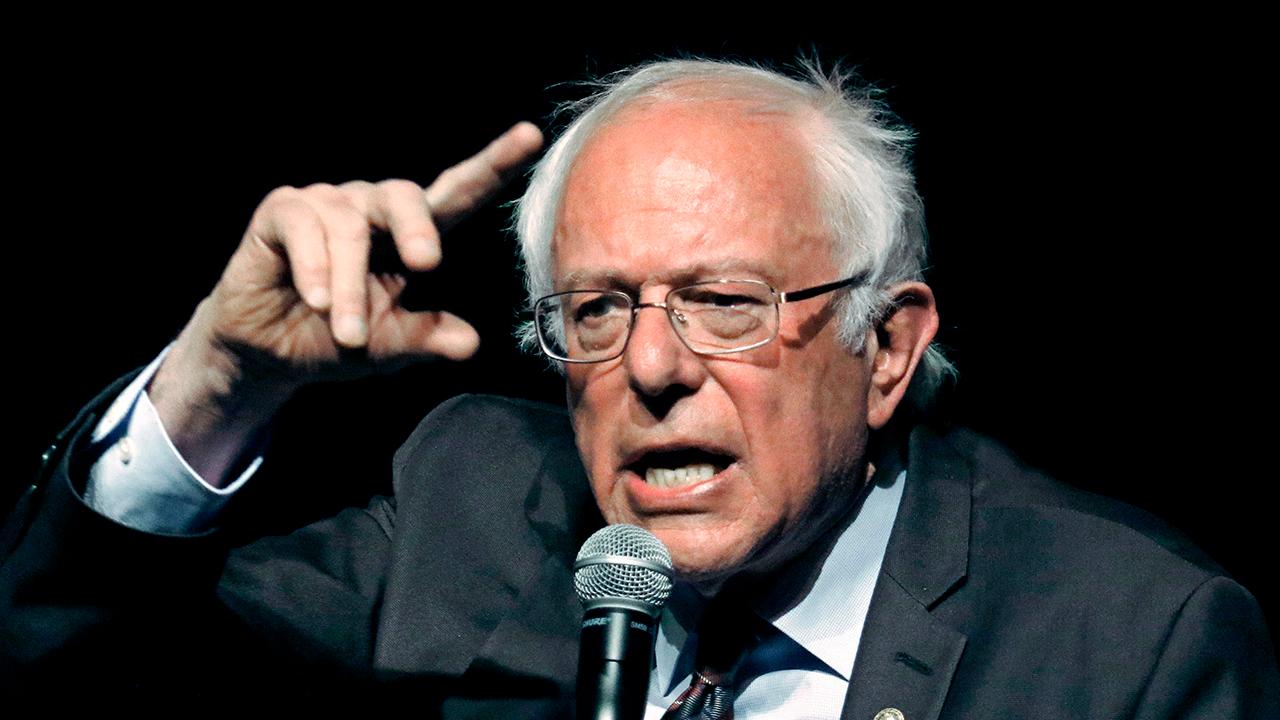Medicare-for-all: The plan to expand what is financially broken to everyone
Sen. Bernie Sanders, I-Vt., has thrown his hat into the 2020 presidential race, announcing with glee his great pride in making his 2016 openly socialist platform mainstream in just three short years. Fellow Democratic 2020 hopefuls echo his calls for Medicare-for-all (free health care), free public university education, and some even call for a guaranteed universal basic income.
Sanders advocates for a death tax to pay for these new costs, Sen. Elizabeth Warren, D-Mass., advocates for a wealth tax (which probably unconstitutional as a taking), while others on the far left advocate for raising taxes to seventy percent of more, marginally.
But, before we endure these next twenty months hearing about how, “in the richest country on earth,” every American has a right to free health care, let’s turn a critical eye to exactly what these candidates want to expand to each of us. Has Medicare proven a successful program? Has it earned the right to take over our mostly private insurance marketplace?
The shining example?
Socialistic medicine breaks the system for the many, and where can we look for the shining example - proof of a large-scale publicly supported system that works that we can emulate? It does not exist.
Consider this example from a client of mine with a Dutch passport.
“My husband and I were visiting in the U.K. and thought I was going to die from bronchitis. So we went to the clinic, showed my passport and they told me to come back in 10 days to see the doctor. ... [Then] we offered to pay cash and were seen within the hour.”
Set up to fail
Unfortunately, Medicare’s two major parts, Part A (hospital coverage) and Part B (physician visits) were set up to financially fail the U.S. public from the beginning. Introduced in 1965 by the Democratically-controlled Congress as a non-voluntary medical benefits program for those age 65 and older, legislators intentionally chose to not to set limits on physician fees.
Thus, with physicians able to charge uncapped fees for each service provided to patients that have literally no incentive to control costs (since they are not paying them) elderly public health insurance became a reality, and the cost of hospital and physician services inflated through the roof -- and quickly.
In the first year alone, the annual growth rate in hospital costs went up over 21 percent, while the annual growth in costs for physician services went from 3.8 percent to 7.8 percent. And hospital costs continued to grow each year over 14 percent for the next five years. From inception through 1990, growth in Medicare-related costs were about 2.4 times that of inflation.
Off by about $100 billion
But what is really so sad about these figures is how wrong the government projections were. Cost estimates by the House Ways and Means Committee, the Congressional Budget Office didn’t yet exist, projected that Medicare expenditures would reach $12 billion by 1990 due to the “slowing” of cost increases under the program.
Instead, by 1990 costs were actually $110 billion (underprojected by nearly $100 billion.) By 2000, the program cost $221 billion, and $523 billion by 2010 and over $710 billion last year. With the exception of 2016, it has been operating at a deficit every year since 2009.
Those who have sought to control costs by reducing the fee paid per service have inadvertently only increased the incentive to provide more services to make up for lost revenues. The CBO in 2007 found that while costs per service went down by 5 percent from 1997 through 2005, overall costs went up over 35 percent because of the increased volume of services provided. Many advocate that Medicare costs have only gone up because of medical inflation overall, but the data suggest that Medicare has been the driver of the increases and not a passive recipient.
Who gets the bill?
The Urban Institute estimates that for the average earning couple retiring in 2020, they will receive $498,000 worth of Medicare benefits while having paid only $161,000 in lifetime Medicare taxes. Who makes up this $300,000+ difference per married couple? The younger workers who are paying current taxes and their children, who will be taxed to cover the debt we must spend on the difference.
Of course, this picture is about to get a whole lot uglier, even before the utopian calls for Medicare-for-all, because of the mass retirement of our Baby Boomers. Much like the fate that will befall Social Security, the financial promises of Medicare flatly makes the program insolvent. The 2018 Trustees report stated that Medicare will be insolvent by 2026, before the last Boomer has even retired.
And so I ask, what is the rationale for pushing a bankrupt system that currently only serves a portion of our population to the whole? Why expand what is financially broken to everyone, when it is not affordable for a fraction? And how do those promoting such justify the elevation of the inept and insolvent?
CLICK HERE TO GET THE FOX BUSINESS APP
If you think health care is expensive now, wait until it’s free. As we know, nothing is ever truly free – someone always pays the price -- but I guess that other half of the mathematical equation is just an inconvenient truth for those on the left.
Rebecca Walser is a tax attorney, a certified financial planner, and the author of Wealth Unbroken, who specializes in the strategic planning of maximizing lifetime wealth while minimizing tax through her practice, Walser Wealth Management (www.walserwealth.com). She earned her juris doctor degree from the University of Florida and her Master of Law degree in taxation from New York University. She is a frequent national media contributor.




















